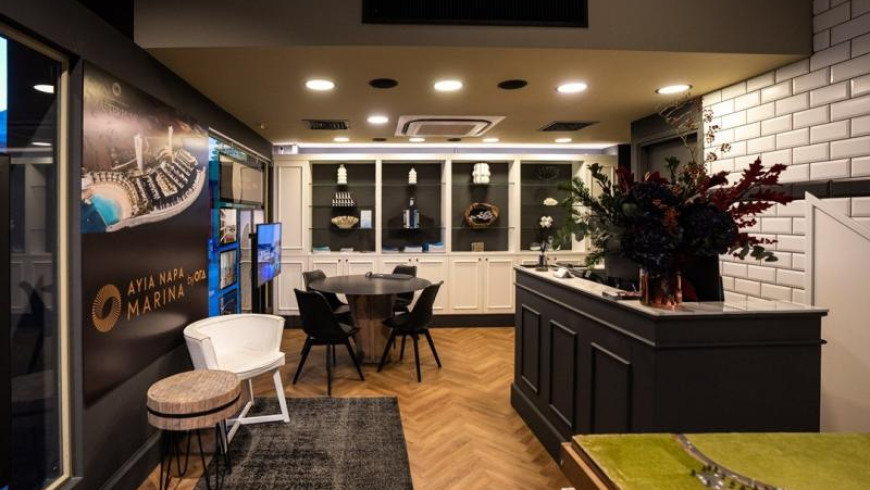
Global automotive deal volume remains steady in 2010, while deal value drops significantly from its record levels of 2009
Automotive mergers and acquisitions (M&A) activity in 2010 was driven by strategic buyers focused on strengthening business units following the global financial crisis, according to a new PwC publication Automotive M&A Insights: Driving Value. While global automotive deal volumes remained steady, disclosed deal value declined to its lowest levels in five years. In 2010, 521 deals were closed with a total disclosed value of $29.4 billion.
Limited access to capital, strained financial positions, and heightened sensitivity to risk led strategic buyers to focus on smaller deals. On the financial buyer side, while there was significant interest in the automotive sector, fewer deals materialized in 2010.
"Globalisation is a motivating factor behind recent and pending transactions," said Paul Elie, US automotive transaction services leader. "Automotive companies are investing in strategic deals aimed at broadening their geographic footprint and/or strengthening their technology portfolio, enhancing their ability to compete globally."
Compared to the overall global trends, both Asia and Europe observed significant increases in deal activity and value. In 2010, Asia's disclosed deal value more than quadrupled to $11 billion from 2009 levels due to a few large vehicle manufacturer transactions. While the North American automotive industry focused on its rightsizing and turnaround efforts, the European automotive industry was very active in the global deal market for the second consecutive year, accounting for 46 percent of global automotive M&A activity by volume and 41 percent of global disclosed value.
"Automakers and suppliers are focused on localizing and expanding operations, particularly in the BRIC markets, to establish a global footprint and increase local content," said Felix Kuhnert, European automotive leader. "At the same time, well-managed suppliers are actively screening M&A opportunities to drive segment consolidation or increase their technology portfolio and capabilities."
According to PwC, the winning automotive companies of the future will be those who capture profitable growth and achieve concentration of scale and expertise in the specific product and/or sector in which they compete. M&A can help companies to achieve a competitive advantage in the global automotive industry.
For more information on PwC automotive deal capabilities and to download PwC's publication Driving Value: Automotive M&A Insights 2010, visit: www.pwc.com/auto.
Automotive mergers and acquisitions (M&A) activity in 2010 was driven by strategic buyers focused on strengthening business units following the global financial crisis, according to a new PwC publication Automotive M&A Insights: Driving Value. While global automotive deal volumes remained steady, disclosed deal value declined to its lowest levels in five years. In 2010, 521 deals were closed with a total disclosed value of $29.4 billion.
Limited access to capital, strained financial positions, and heightened sensitivity to risk led strategic buyers to focus on smaller deals. On the financial buyer side, while there was significant interest in the automotive sector, fewer deals materialized in 2010.
"Globalisation is a motivating factor behind recent and pending transactions," said Paul Elie, US automotive transaction services leader. "Automotive companies are investing in strategic deals aimed at broadening their geographic footprint and/or strengthening their technology portfolio, enhancing their ability to compete globally."
Compared to the overall global trends, both Asia and Europe observed significant increases in deal activity and value. In 2010, Asia's disclosed deal value more than quadrupled to $11 billion from 2009 levels due to a few large vehicle manufacturer transactions. While the North American automotive industry focused on its rightsizing and turnaround efforts, the European automotive industry was very active in the global deal market for the second consecutive year, accounting for 46 percent of global automotive M&A activity by volume and 41 percent of global disclosed value.
"Automakers and suppliers are focused on localizing and expanding operations, particularly in the BRIC markets, to establish a global footprint and increase local content," said Felix Kuhnert, European automotive leader. "At the same time, well-managed suppliers are actively screening M&A opportunities to drive segment consolidation or increase their technology portfolio and capabilities."
According to PwC, the winning automotive companies of the future will be those who capture profitable growth and achieve concentration of scale and expertise in the specific product and/or sector in which they compete. M&A can help companies to achieve a competitive advantage in the global automotive industry.
For more information on PwC automotive deal capabilities and to download PwC's publication Driving Value: Automotive M&A Insights 2010, visit: www.pwc.com/auto.














 3287.99
3287.99 1275.09
1275.09
